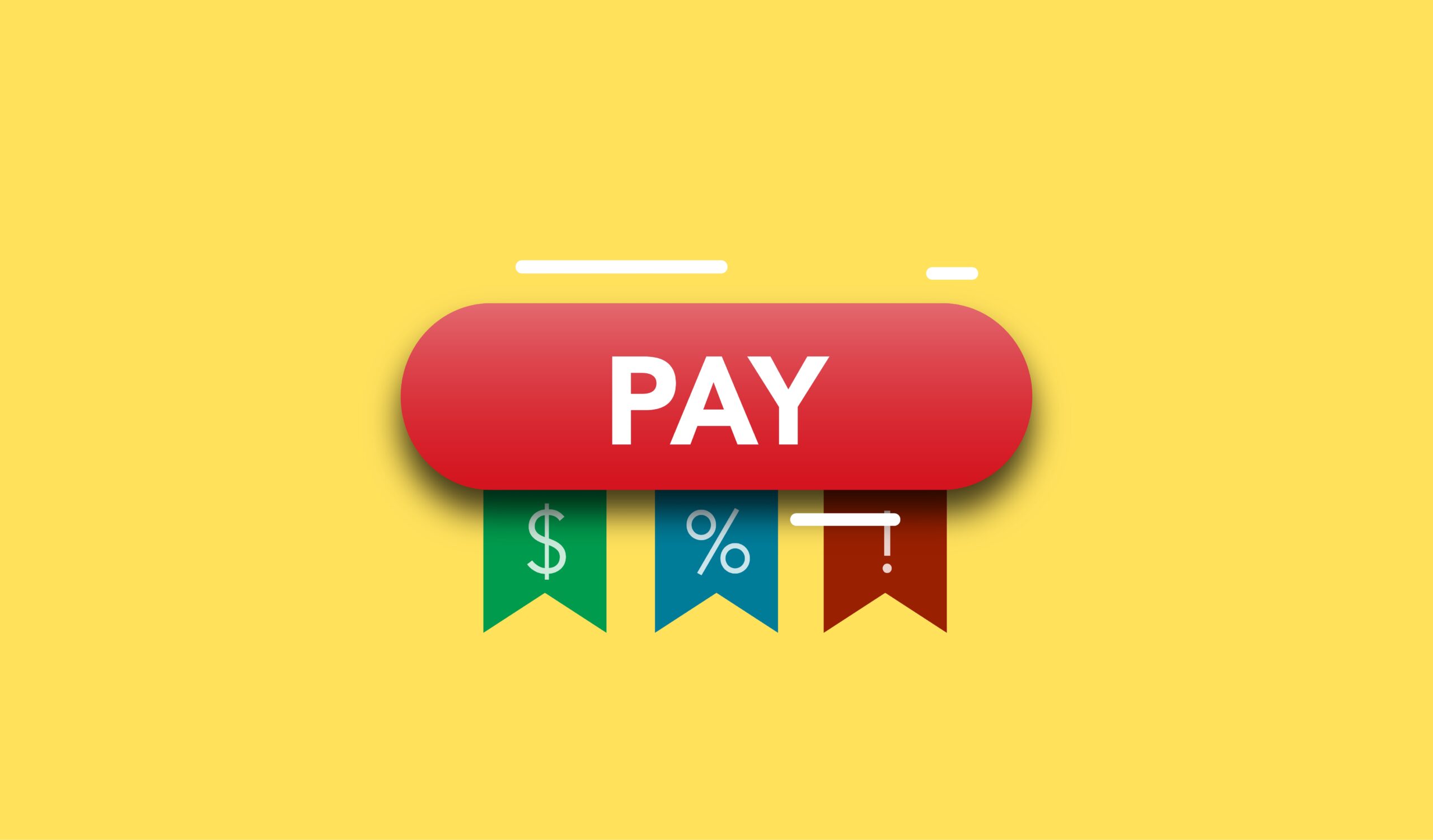Articles & Videos
10 Strategies to Increase Profitability in Small Business

Profit is the backbone of any sustainable business and if profits aren’t creeping upwards, it’s unlikely that your business is developing to its full potential. Worryingly, costs are on the rise for many businesses and perhaps profit margins are suffering due to upwards pressure on raw materials, transport, energy payments, packaging or even labor.
The natural reaction to soaring costs is to either concentrate on boosting revenue or pass the price increases onto customers; neither of which is necessarily a bad thing in the right situation but what if your business is only just breaking-even or worse, ‘in the red’ once all your expenses are accounted for? Neither increasing revenue nor having customers absorb incremental costs will achieve sustainable business in the long-term as the result is net-neutral – unprofitable business.
It’s very easy to get drawn into day-to-day business and fall into the trap of driving revenue while assuming profit will follow, particularly if you have a large customer base; it’s only when you want to expand operations, buy new equipment or pay for a large order that you notice cash is scarce and the funds aren’t there to grow the company. Profit is never a by-product, it’s the result of careful planning and regular review but it is possible to get back on track by putting some simple strategies into practice to get your cash flowing again.
10 Strategies to Improve Profitability
1 – Reduce Costs
The cost of raw materials may feel somewhat non-negotiable in the current climate but it’s always worth periodically comparing suppliers and asking for a better price or terms as standard. New suppliers are entering the market all the time too and it’s sensible to look for alternative sources closer to home which could reduce transportation costs and improve reliability in the supply chain.
Recurring costs can tend to escalate when left to renew year on year and shopping around for better rates keeps this under control. Insurances, utilities and bank charges are just some examples of potential savings to be had by regularly reviewing suppliers.
2 – Increase Order Values
It’s easier and less expensive to grow profits by maximizing the value of existing customers than to try and recruit new customers. Take a look at your products and services for opportunities to bundle with related add-ons as a cross-sell or upsell and consider increasing the purchase size of the product or service you’re offering; from five to ten products in a pack or five to ten hours of work in a professional services package.
Adding maintenance contracts, services and warranties onto a sale is another great option for injecting more cash into a sale. So long as they’re priced correctly, this can be a margin-rich business that also presents an opportunity to build an ongoing relationship with the customer.
Existing customers are already familiar with your brand so efforts should be focused on them buying more and then exceeding their expectations so that they do some customer acquisition for you by spreading the word.
3 – Work on Branding
By improving your company’s image, you might be able to reposition the brand from a middle-of-the-road offering to a premium offering and command higher prices in the market. This could be something as simple as tweaking colors and logos or focusing on and advertising value-add services, exceptional customer service and reputation. Maybe more difficult to communicate but brands can enhance their perceived value to customers by drawing attention to how that product or service can better people’s lives – forging a connection on an emotional level and creating a sense of ‘got-to-have’ to achieve a certain lifestyle.
4 – Eliminate Unprofitable Business
Analyze the profitability of each and every one of your products and services to determine whether you can get rid of those that zap time but don’t make anything. This is where you need to know your customers so as not to alienate a big sector that buy because they can get everything in one place. If there’s nothing to lose however, this is easy money to claw back for the bottom line.
5 – Work on Waste Reduction
Less wastage equals less money needed to haul that waste to a recycling or landfill site. Whether it’s food, paper, plastic or excess raw materials, they can all be reduced with minimal effort which not only cuts down your waste management bill but can have a multiplier effect on your branding and public perception too as doing your bit for the planet is something to shout about. It may be difficult to know where to start but responsible waste management has many benefits for businesses. As more countries start to mandate measures to control commercial waste, it could become an even bigger drain on profit when left unaddressed.

6 – Inventory Management
Many companies have had no choice but to carry much more inventory than they would like recently but storing product is a big expense and ‘dead’ cash if you’re storing slow-moving or obsolete stock. Of all the potential ways to reduce inventory without spending money on inventory management software, most are hard to implement currently because the supply chain, demand planning and forecasting are bounded by uncertainty.
In normal times, there are a range of ways to reduce costs on inventory, some easier than others and all depend on the individual business; for now, eliminating obsolete stock and concentrating on the businesses ability to adapt to changing consumer needs is key. Conversely, many seasonal business owners are contending with inability to source the stock needed and in this respect, it could be pertinent to commit to larger orders and more warehousing to ensure profitability at year-end.
7 – Empower Employees
Employees that are empowered to do their jobs, appreciated and invested in are not only going to be more productive, they’re more likely to create big advocates for the business in the people they deal with daily. Rewarding employees based on performance fosters a culture where everyone feels compelled to achieve more and even sincere praise where it’s due helps to create an environment that maximises profitability.
8 – Eliminate or Automate Operations
Where startups perhaps have an advantage over established businesses is there’s little culture of “we’ve always done it that way”, which can impede changes that would improve operational efficiency and profitability. Simple switches to everyday processes can achieve so much with little to no investment. Asking employees how they think the work could be better completed is a good place to start identifying areas where savings could be made. Minimizing paperwork, outsourcing areas like marketing and bookkeeping plus cutting down on needless meetings are all zero-cost ways to regain time and cash.
9 – New Customer Due Diligence
It’s exciting to take on a new customer but that excitement mustn’t overtake thorough due diligence in examining how creditworthy they are. A poor decision on which customers to work with can undermine an entire business and cripple hard-earned profits. At a basic level, due diligence involves verifying your customer’s identity and the legitimacy of their business, however enhanced due diligence will be required in some cases to protect you and your business from criminal activity and fraud. A comprehensive risk strategy protects your cash on one hand and could help to save money on insurance premiums too.
10 – Expand into New Locations & Markets
Do some research into the local market to find out whether the ceiling has been reached on what’s achievable there. Could it be time to look at new geographies, whether national or international, or maybe it’s time to look at your digital footprint to see if there’s scope for taking your products and services online?
Introducing a new take on an old product can prevent profits from stagnation. Talk to customers regularly and gather feedback to identify gaps in your offering. Think about how a new need can be met with the resources and equipment that you already have and focus on the need that will have the biggest impact on the balance sheet.
Take Stock, Plan and Attack
As you can see, drastic changes are not always needed to increase profitability. After analyzing the status-quo and examining all options it’s simply a case of implementing those that work best for your business, setting targets and reviewing performance against those targets to keep on track.
Knowing how profitable your business is in the first instance, is fundamental to business success. Once you’re clear on the business’ position and goals, employing some of the approaches above means that you’ll never be short of cash flow when you really need it.
If you need help to increase profitability and get your cash flow back on track, the Sallyport team are always happy to assist with your questions. We equip many businesses with the support they need to expand or take advantage of larger orders, even if low-profit margins are a concern. Reach out for a chat.
Search
News
$1M Funding Fuels Agri-Business Growth Across Borders
Sallyport is pleased to announce a new partnership with a Canadian agriculture business, providing a $1,000,000 Accounts Receivable facility to…
Read MoreFueling EdTech Growth with $5.5M in Tailored Financing
Sallyport is excited to support a forward-thinking education technology company with a $5.5M combined Asset-Based Lending facility, including Accounts Receivable…
Read MoreArticles
Financing Business Through Interest Rate Risk
Just a few short months back business owners were earnestly trying to come back from Omicron and wondering whether they…
Read More10 Tips for Managing Cash Flow in Small Business
As a small business owner, cash flow are two words that you only really want to hear in the same…
Read MoreVideos
The Most Financial Time of the Year
Sallyport commercial finance’s Annual Holiday Music Video!
View NowAmerican Business Women’s Day
Sallyport Commercial Finance Celebrates American Business Women’s Day
View Now



